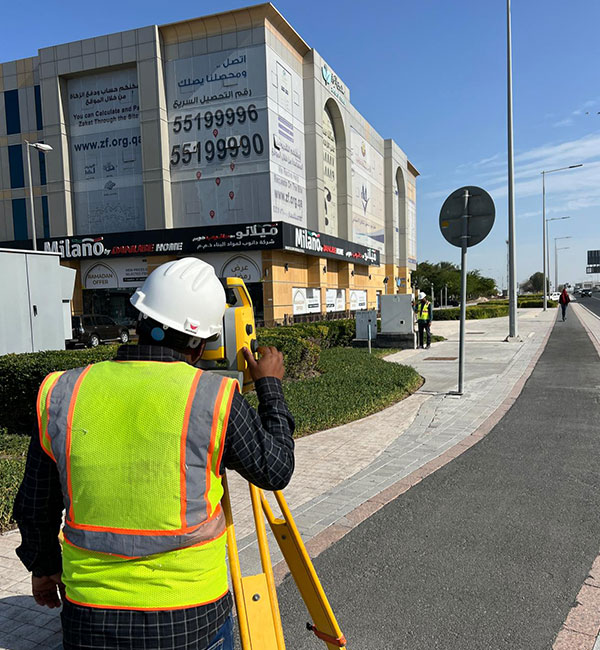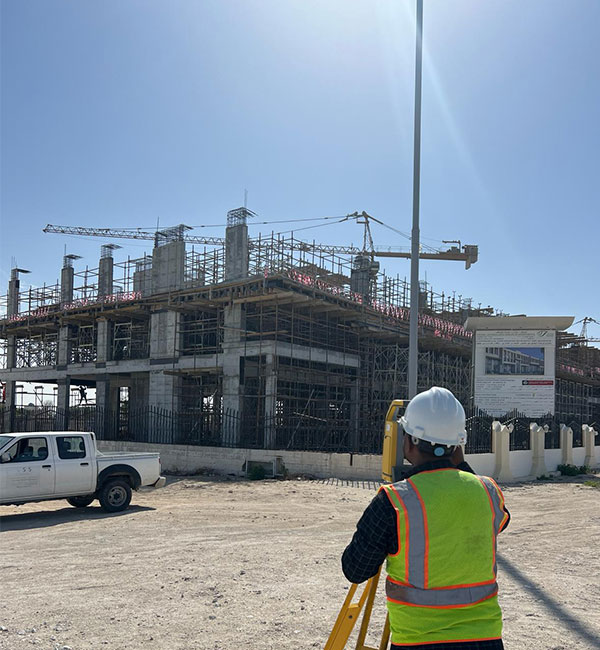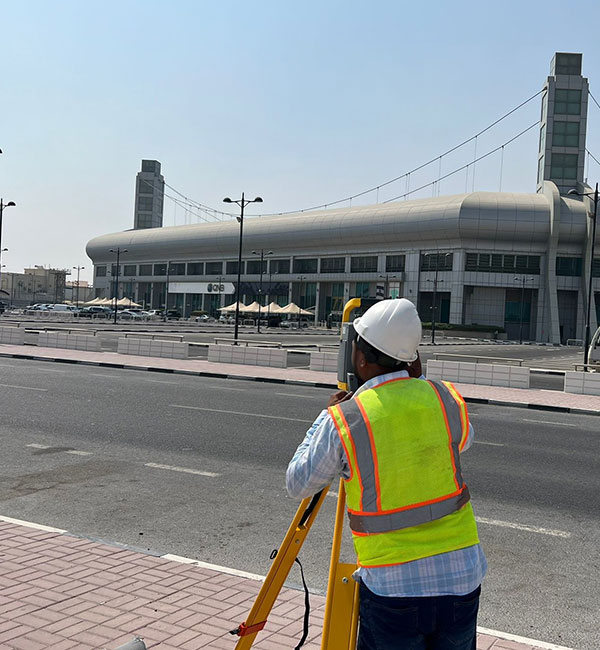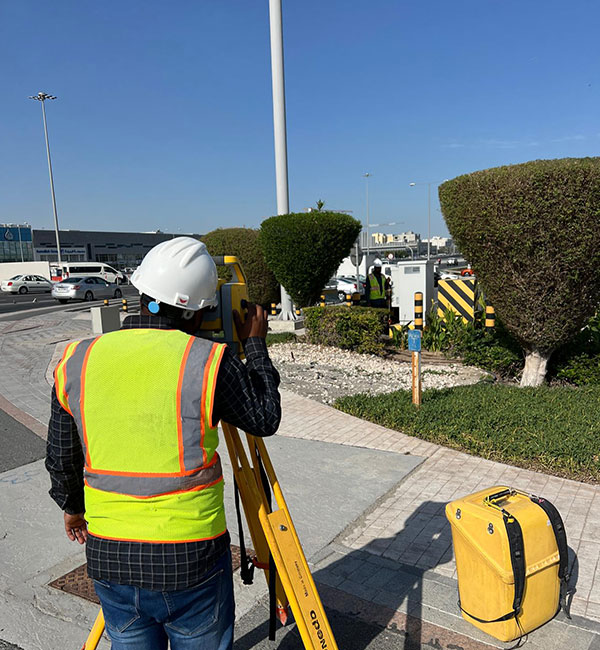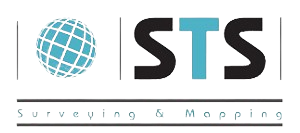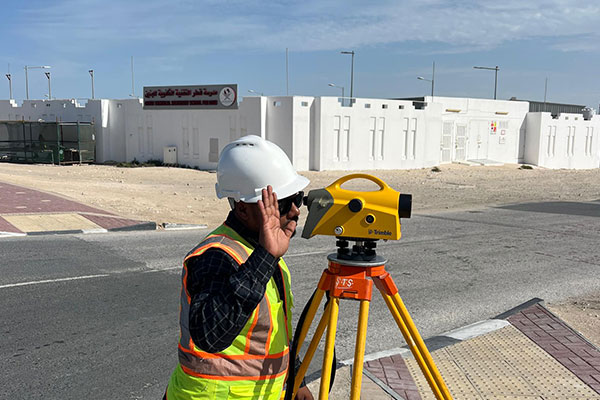Topographic land survey services involve the detailed mapping and measurement of land surface features, including natural and artificial elements such as hills, valleys, rivers, forests, buildings, roads, and other structures. These surveys are essential for various purposes, including urban planning, engineering design, construction projects, land development, environmental assessment, and resource management.
Data Collection
Surveyors use various instruments such as total stations, GPS receivers, LiDAR (Light Detection and Ranging), drones, and traditional surveying equipment to gather accurate data about the land’s surface.
Mapping and Measurement
Surveyors create detailed maps and digital elevation models (DEMs) showing the terrain’s contours, elevation changes, and other features. These maps provide valuable information for understanding the land’s characteristics and planning various activities.
Boundary Determination
Topographic surveys often involve identifying property boundaries and legal descriptions of land parcels. This information helps property owners, developers, and government agencies understand land ownership and usage rights.
Construction Planning and Monitoring
Contractors rely on topographic surveys to plan construction activities and ensure proper grading, earthwork, and site preparation. Surveyors may also monitor construction progress to ensure compliance with design specifications and regulations.
Environmental Assessment
Topographic surveys are crucial for assessing environmental impacts of proposed developments or infrastructure projects. They help identify sensitive areas, habitats, water bodies, and other ecological features that need protection or mitigation measures
Floodplain Mapping
Surveyors often play a vital role in mapping floodplains and determining flood risk zones. This information is essential for floodplain management, emergency planning, and insurance purposes.
GIS (Geographic Information Systems) Integration
Topographic survey data is often integrated into GIS platforms for spatial analysis, modeling, and decision-making. This allows stakeholders to analyze and visualize various aspects of the land surface in combination with other datasets.
Regulatory Compliance
Topographic surveys may be required to comply with local regulations, zoning ordinances, environmental laws, and permitting processes. Surveyors ensure that their work meets regulatory standards and provides accurate information for decision-making.
